Post by Becky Hunt, undergraduate in Psychology pursuing an Interdisciplinary Neuroscience minor at Portland State University.
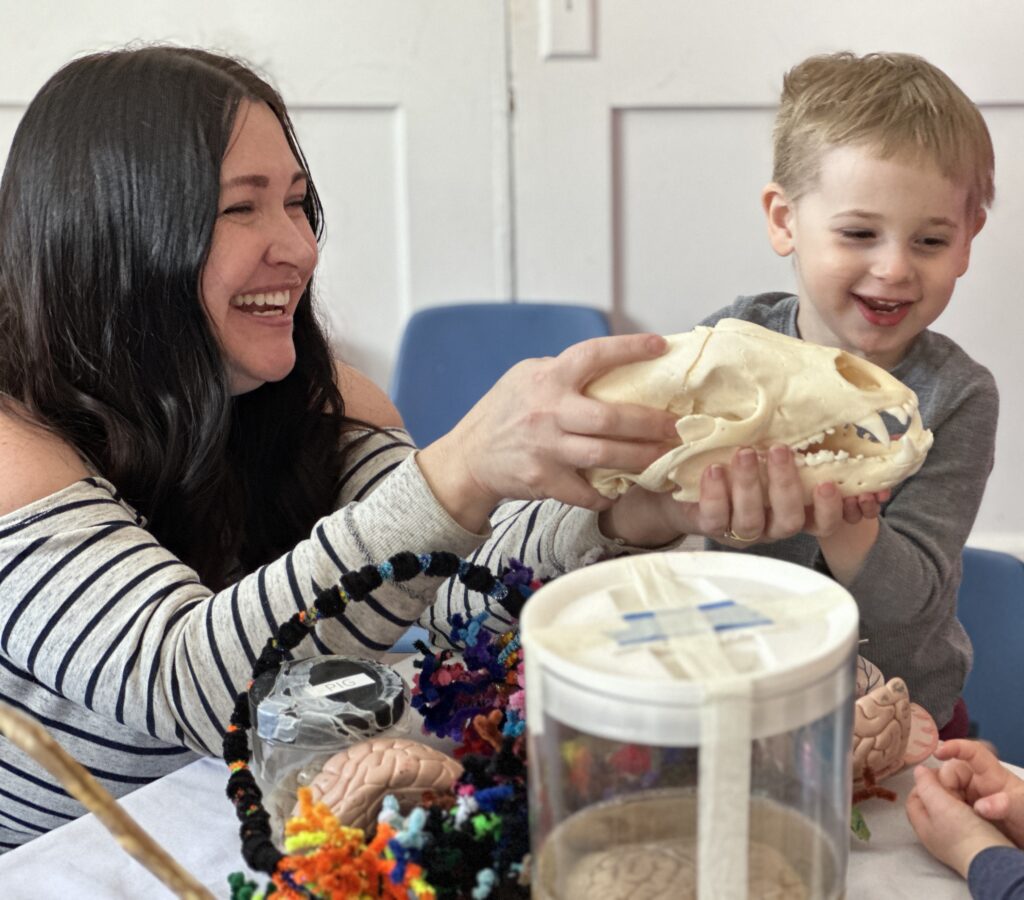
My outing with the fantastic NW Noggin team was my first extended in person social experience since before the COVID-19 pandemic. As someone who worked alone and attended online school for the past few years, witnessing the bright, curious faces of these lovely children expressing interest in neuroscience was truly exhilarating.
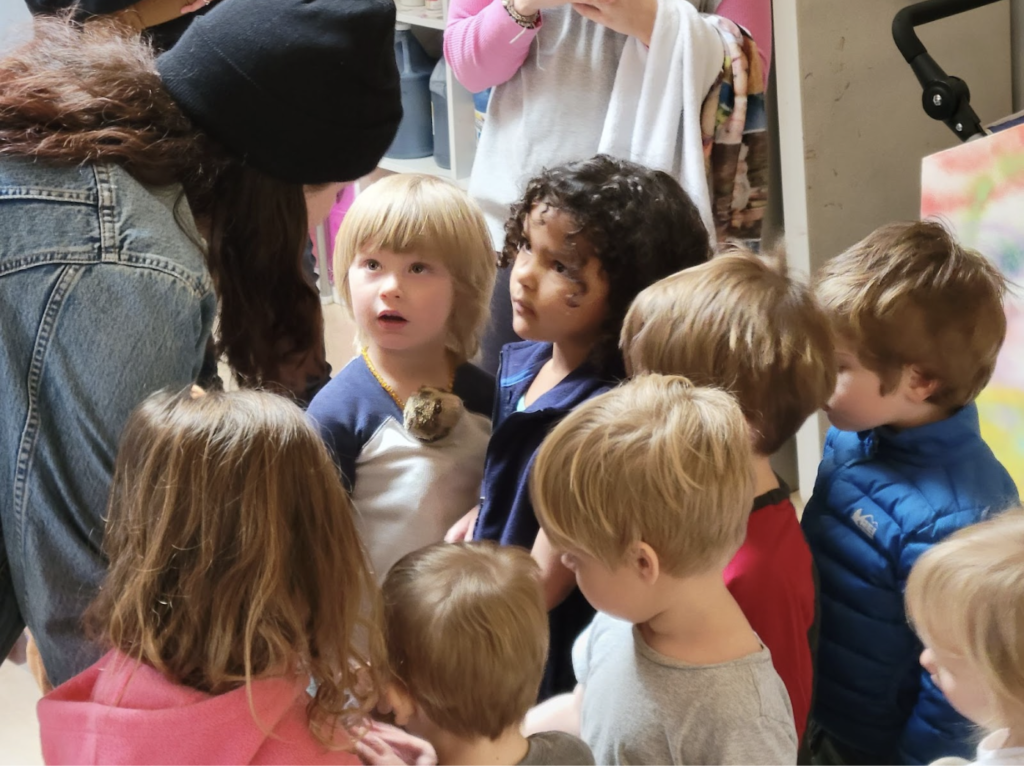
I spent a week on Oregon’s stormy and beautiful North Coast, exploring neuroscience with public high school students in both Astoria and Knappa. I made art and examined noggins with pre-K children too!
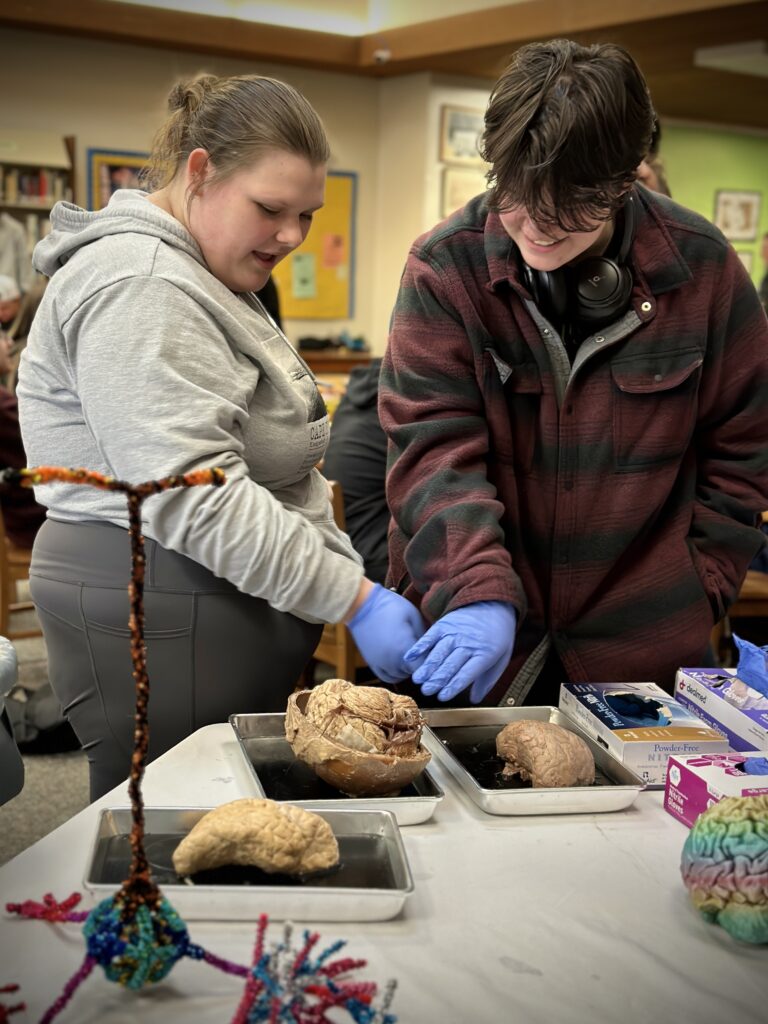

LEARN MORE: Pre-K, Fish and Logger Lobes!
LEARN MORE: Signal from Noise on the Oregon Coast
Pandemic Impacts
I’m worried about the impact of the pandemic on our youngest generations, and I’m sure I’m not alone in my concern. However, children are extraordinarily resilient!
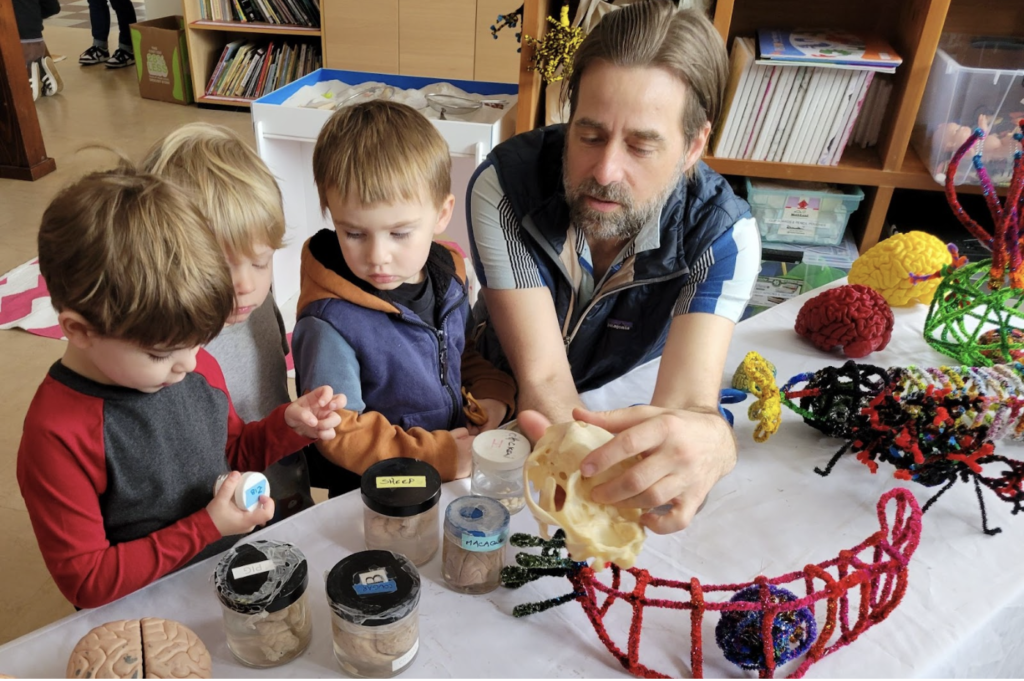
Regardless of age, in today’s fast-paced society, rife with uncertainty and change, we all face an assortment of challenges that can cause tension, worry, and problems with our mental health. As a result, efforts to find effective and efficient coping techniques have gained significant attention.
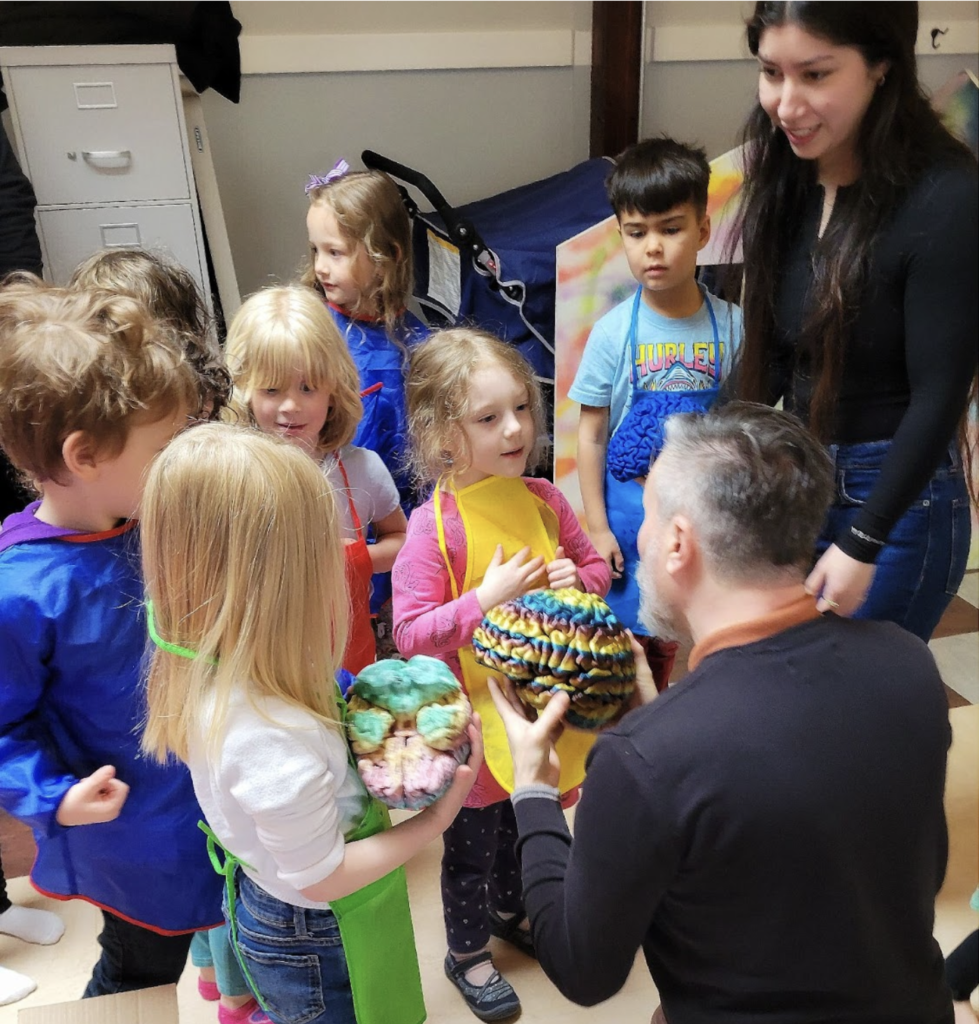
One popular evidence-based approach is known as “Counter-ACEs.” This blog post delves into the concept of Counter-ACEs, their effects on our brain, and how they might empower people to cultivate resilience in the face of challenges and adversity.
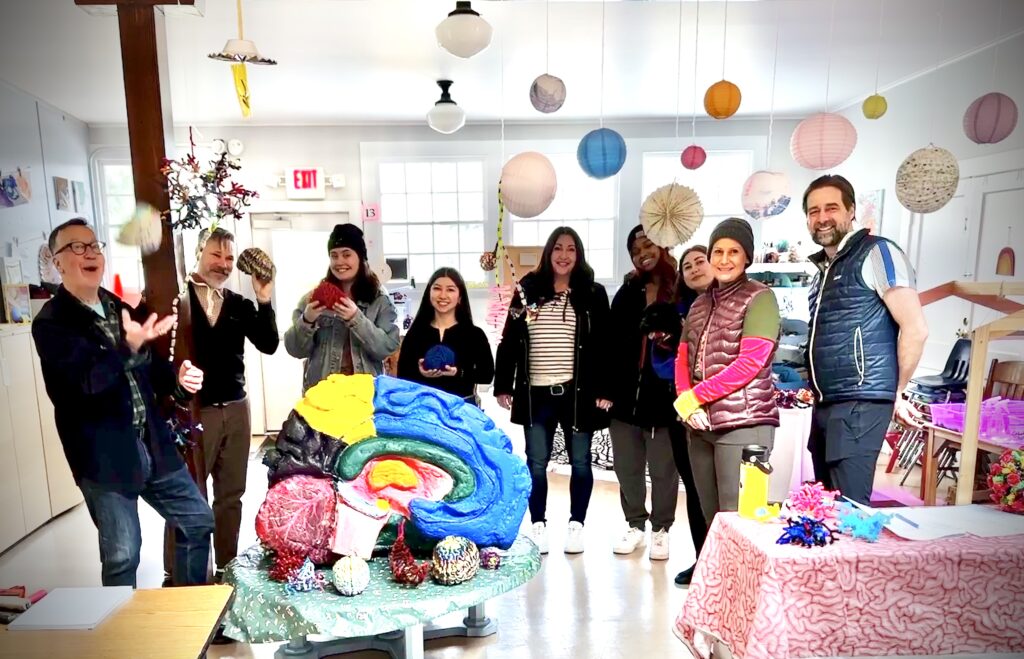
What are ACEs – and Counter-ACEs?
ACEs are “Adverse Childhood Experiences.”
The Adverse Childhood Experiences Study was a crucial landmark study published in 1998. It illuminated the long-term effects of traumatic experiences encountered throughout childhood. These experiences ranged from abuse, household dysfunction and neglect to growing up with substance abuse or domestic violence. An increased risk of depression, anxiety, stress, a decline in executive function, reduced mental health, and chronic disease were all associated with exposure to ACEs.
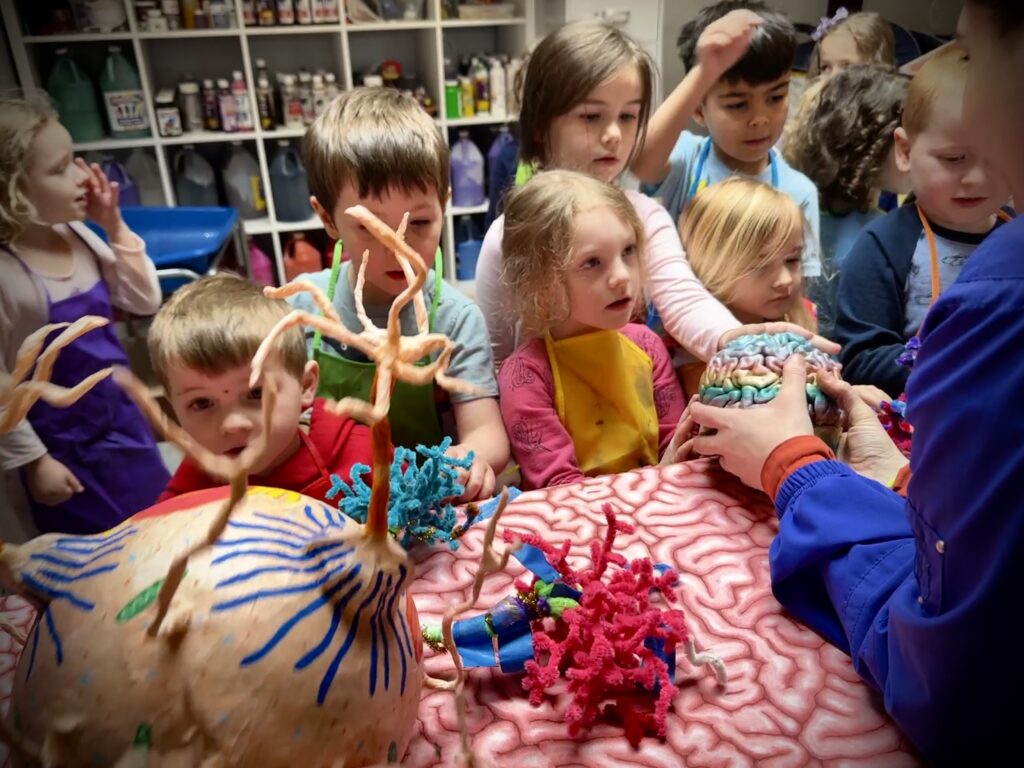
Counter-ACEs, in contrast, are advantageous and protective childhood experiences that help to counteract the damaging impacts of adverse childhood experiences.
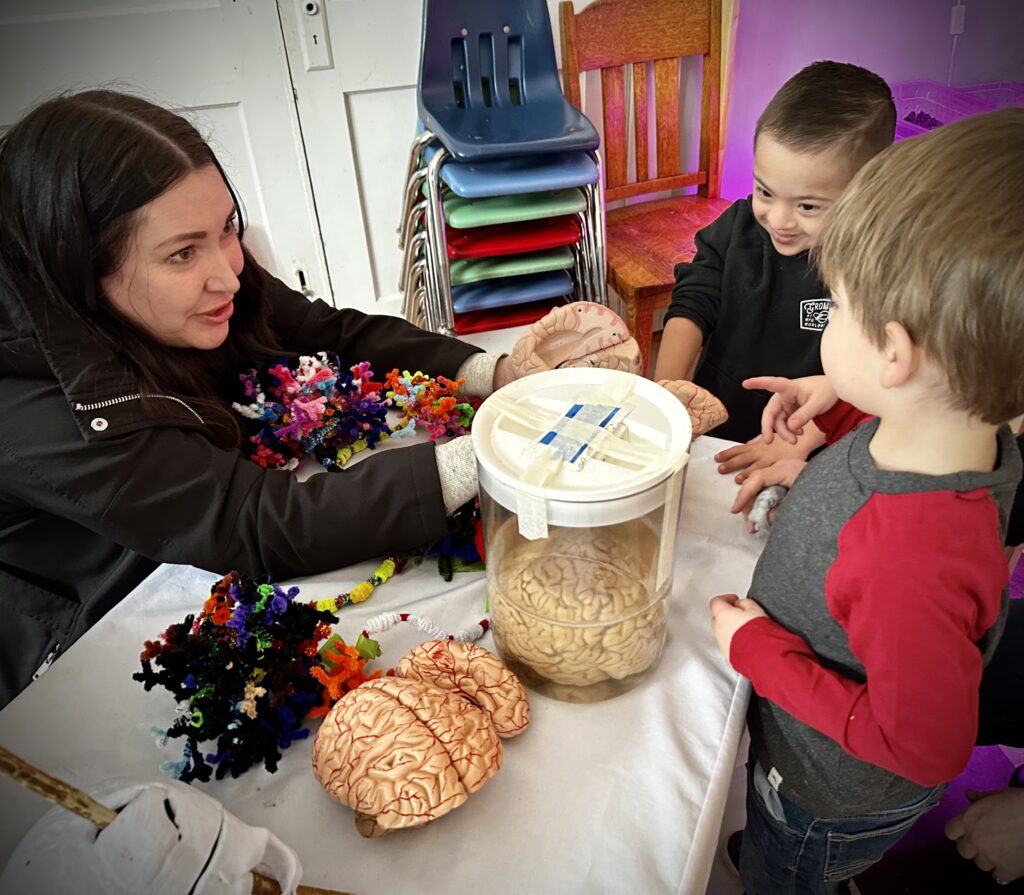
LEARN MORE: Adverse Childhood Experiences (ACEs)
LEARN MORE: ACEs and counter-ACEs: How positive and negative childhood experiences influence adult health
LEARN MORE: Hope and Fulfillment After Complex Trauma: Using Mixed Methods to Understand Healing
So…I will be honest, I am not great with 3D puzzles
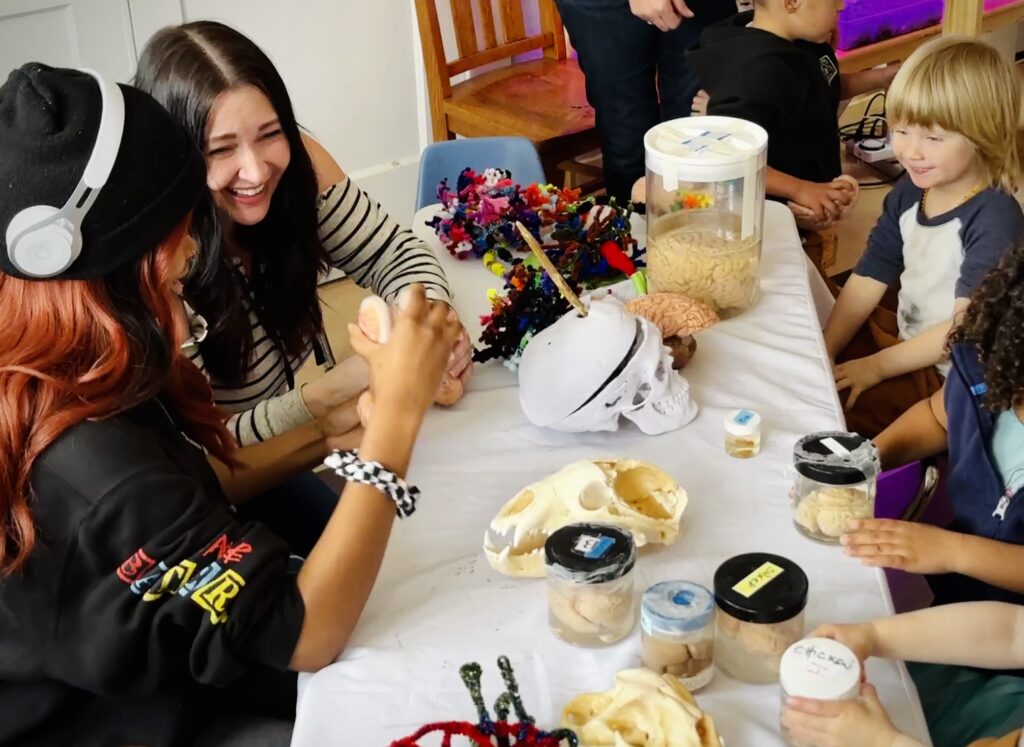
Even though I have taken three Anatomy and Physiology classes and I’m minoring in Interdisciplinary Neuroscience, putting together a model of a brain is challenging for me. One little girl during my outreach visit, however, had this brain puzzle figured out pretty quickly! She repeated the puzzle multiple times and got better, exhibiting the tenacity that often accompanies resilience.
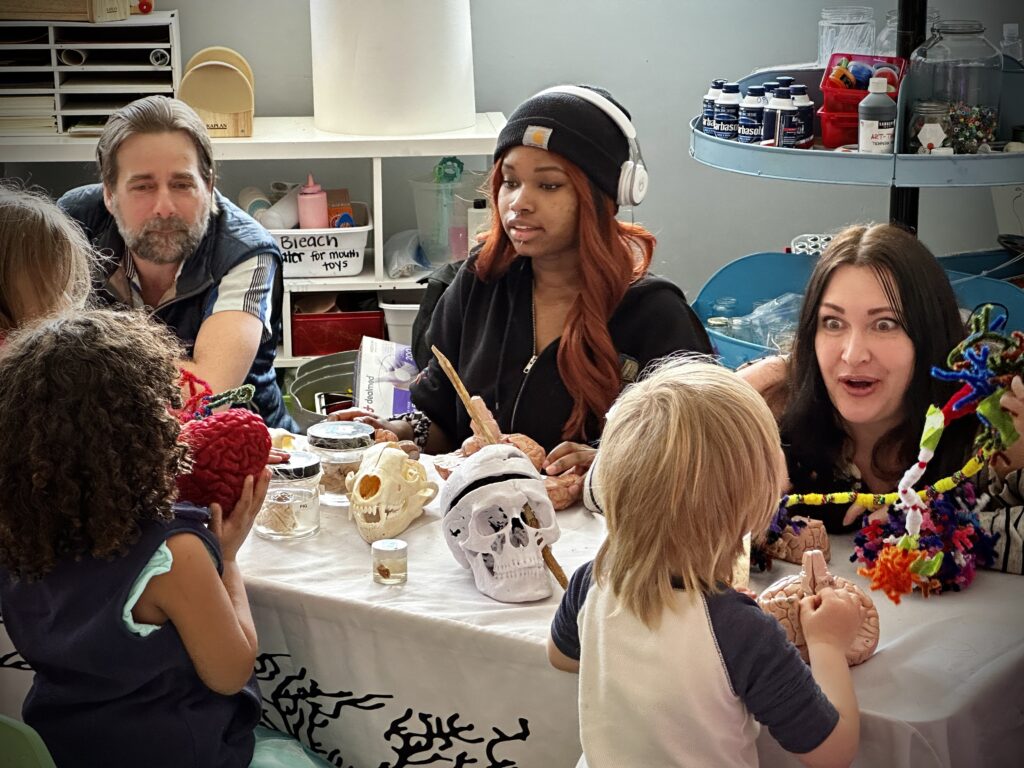
LEARN MORE: The Tenacious Brain: How the Anterior Mid-Cingulate Contributes to Achieving Goals
LEARN MORE: Neural contributors to trauma resilience: a review of longitudinal neuroimaging studies
I think I met some future neuroscientists in this group!
ACE Effects on the Cortex
The brain of a human being is an elaborate and complex organ that, especially during childhood, experiences profound changes in response to environmental stimuli. Adverse childhood experiences can have a big impact on how the cortex, the outer, wrinkled “bark” of the brain that contributes to our higher-order cognitive abilities, develops and functions.
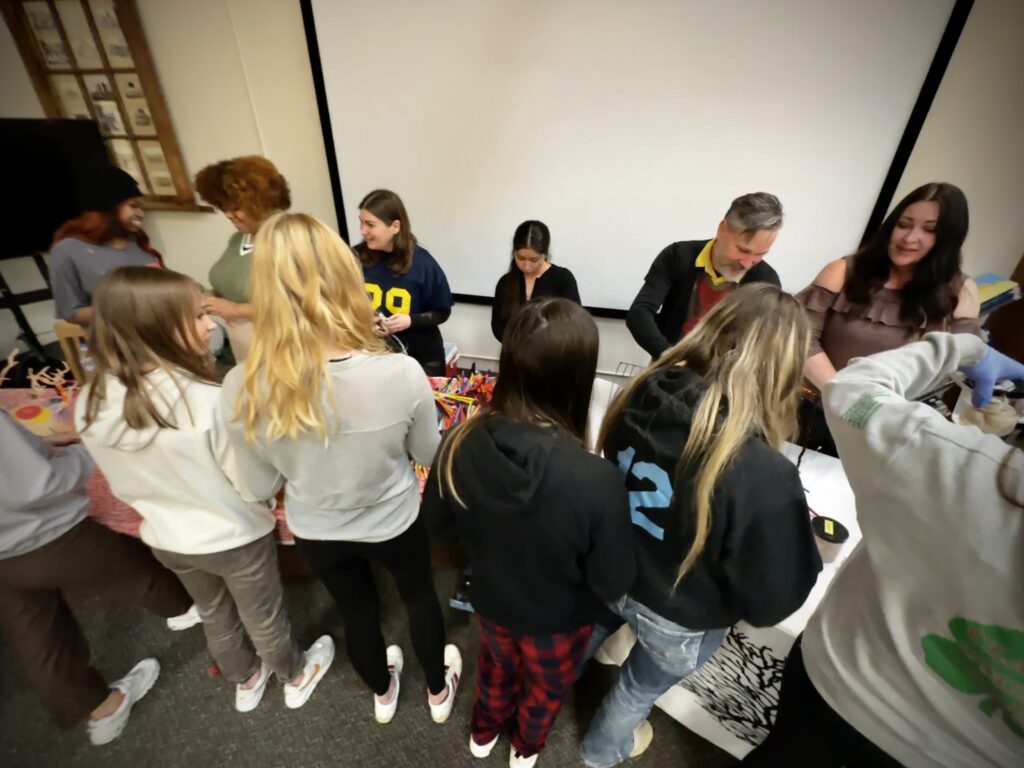
Reductions in gray matter volume and cortical thickness are examples of structural alterations following exposure to ACEs. These brain changes are most prominent in regions involved in regulating our emotions, memory processing and “executive” functions like social decision making and attention.
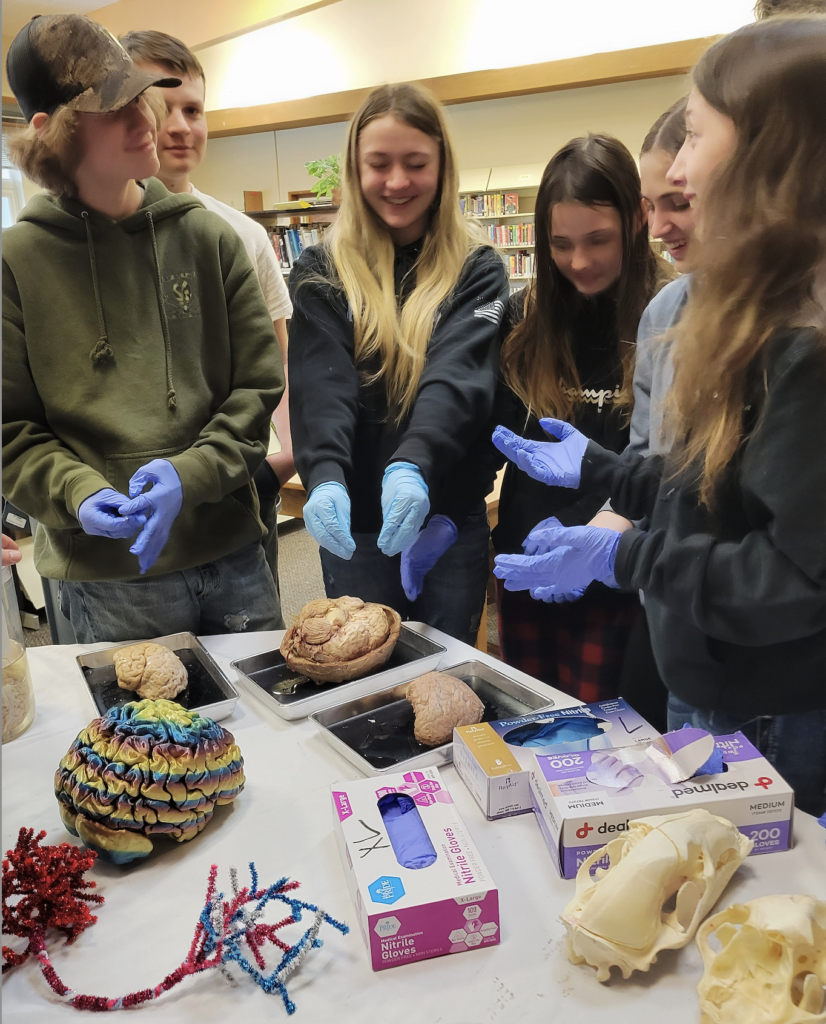
Changes in brain chemistry can also result from exposure to ACEs. Dysregulation can occur in stress response systems, like the hypothalamic-pituitary-adrenal axis, resulting in greater susceptibility to stress and impairing our capacity for efficiently coping with life challenges.
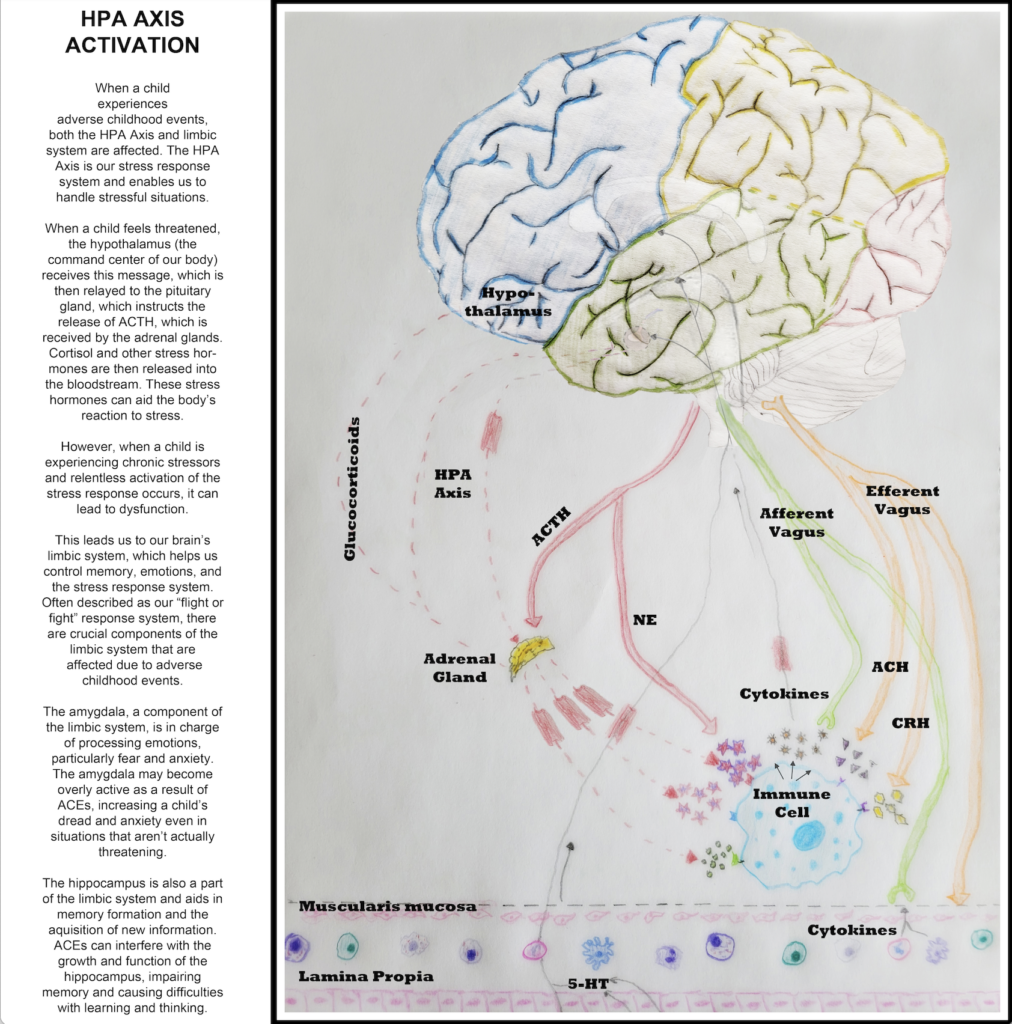
LEARN MORE: Introduction to the Hypothalamic-Pituitary-Adrenal Axis
LEARN MORE: Regulation of the hypothalamic-pituitary-adrenocortical stress response
LEARN MORE: Role of the Hypothalamic–Pituitary–Adrenal Axis in Health and Disease
LEARN MORE: Adverse childhood experiences and chronic hypothalamic-pituitary-adrenal activity
Studies on childhood trauma demonstrate the extensive effects of ACEs on both the body and brain. Some of these impacts are epigenetic (i.e., “above the genome”), changing the level of expression of different genes. Changing gene expression changes how our brains and bodies are built and function.
A recent epigenetic study revealed that childhood trauma can hinder brain growth and cause structural abnormalities in the volume of grey and white matter. Functional connections between important brain areas including the hippocampus, prefrontal cortex, and amygdala change after childhood trauma.
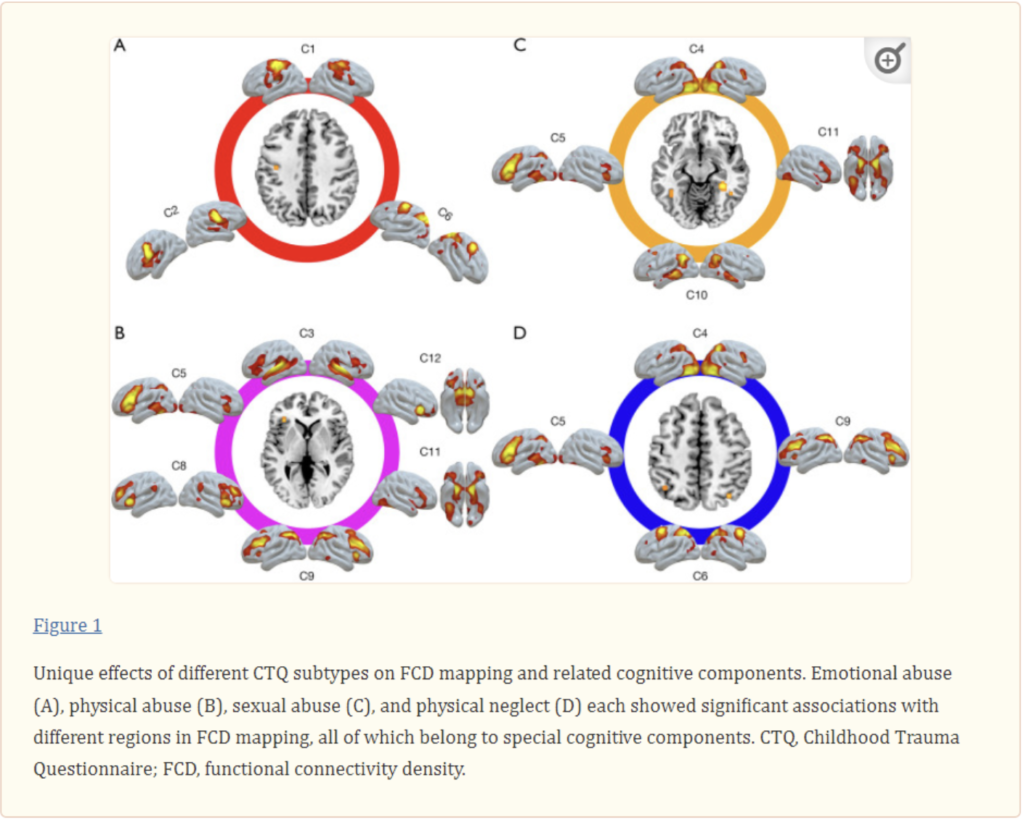
LEARN MORE: Epigenetics of childhood trauma: Long term sequelae and potential for treatment
Another recent study found that because of such diverse reactions to ACEs, early traumatic experiences might have unique, measurable consequences for the brain. Examining certain brain regions or systems may help us figure out how psychiatric problems emerge in those who experienced different traumatic situations. Imaging techniques (e.g., fMRI) might be able to detect specific patterns (known as “imaging phenotypes”) to serve as biomarkers for the early identification of risk factors in adulthood and may allow for more targeted intervention to reduce or prevent psychopathology.
LEARN MORE: Gene-environment interaction and psychiatric disorders: Review and future directions
Resilience through Counter-ACEs
While ACEs may negatively impact cortex, the brain is naturally adaptable and resilient.

There are various ways to develop resilience.
Evidence-based therapeutic interventions can be effective in treating trauma. These include mindfulness-based techniques, trauma-focused cognitive-behavioral therapy, and Eye Movement Desensitization and Reprocessing (EMDR). These measures can support people in processing past traumas, creating coping mechanisms, and rewiring dysfunctional brain connections.
The development and maintenance of supportive family and community connections can be crucial in reducing the consequences of ACEs. Strong social ties act as a stress deterrent, a source of emotional assistance, and contribute to a sense of belonging, all of which boost resilience.
Self-care activities including routine exercise, a healthy diet, sufficient sleep, and engaging in methods of relaxation will assist in reducing stress and fostering emotional well-being. Making self-care a priority enables people to refuel and develop resilience.
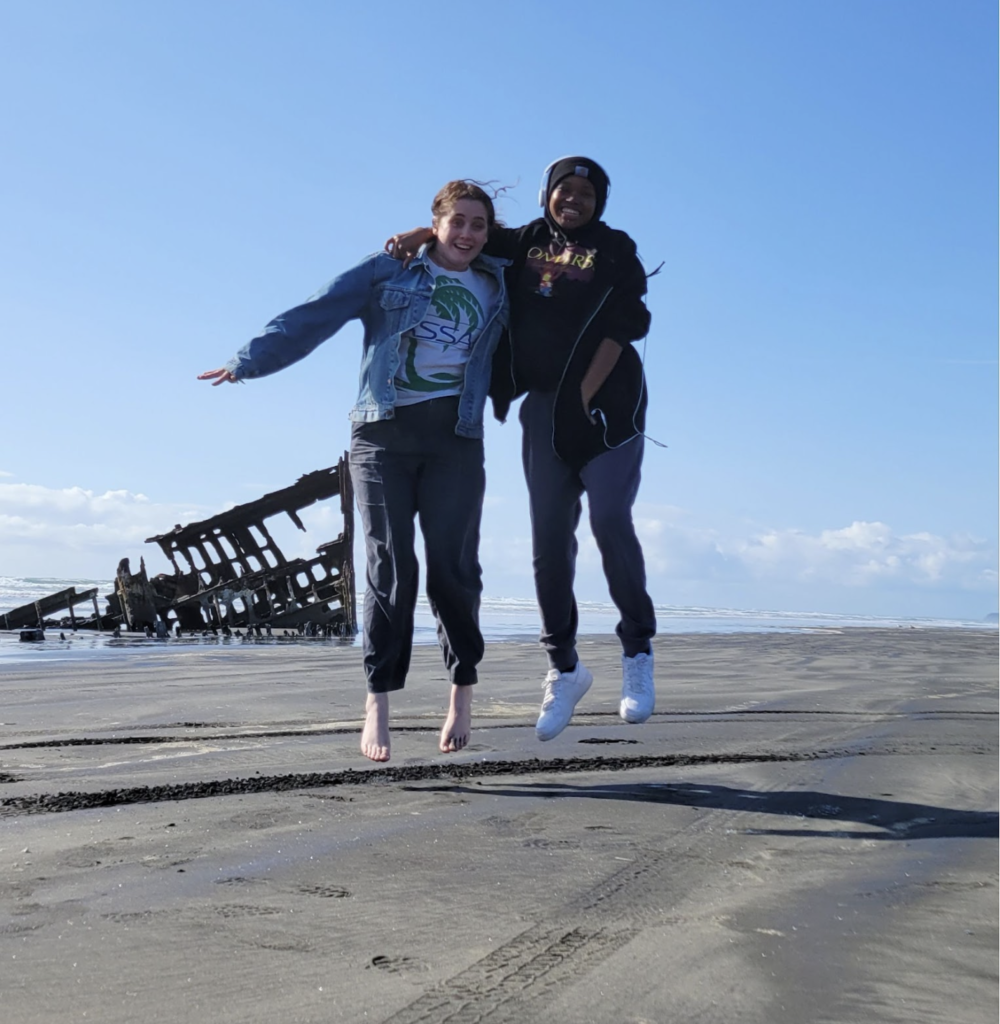
LEARN MORE: Coping With Stress
LEARN MORE: Risk and Protective Factors
LEARN MORE: Ways to Counter the Effects of Adverse Childhood Experiences
LEARN MORE: The Role of Mindfulness in Reducing the Adverse Effects of Childhood Stress and Trauma
LEARN MORE: Trauma-Focused Cognitive Behavioral Therapy for Traumatized Children and Families
LEARN MORE: The influence of adverse and advantageous childhood experiences during adolescence on young adult health
LEARN MORE: Positive Childhood Experiences and Adult Mental and Relational Health in a Statewide Sample
A Morning at West Exchange
Our next brainy adventure was a visit with students at West Exchange School in Astoria. According to their Instagram account, their school focuses on allowing children the freedom and chance to be children via nature, play, creativity, and curiosity.
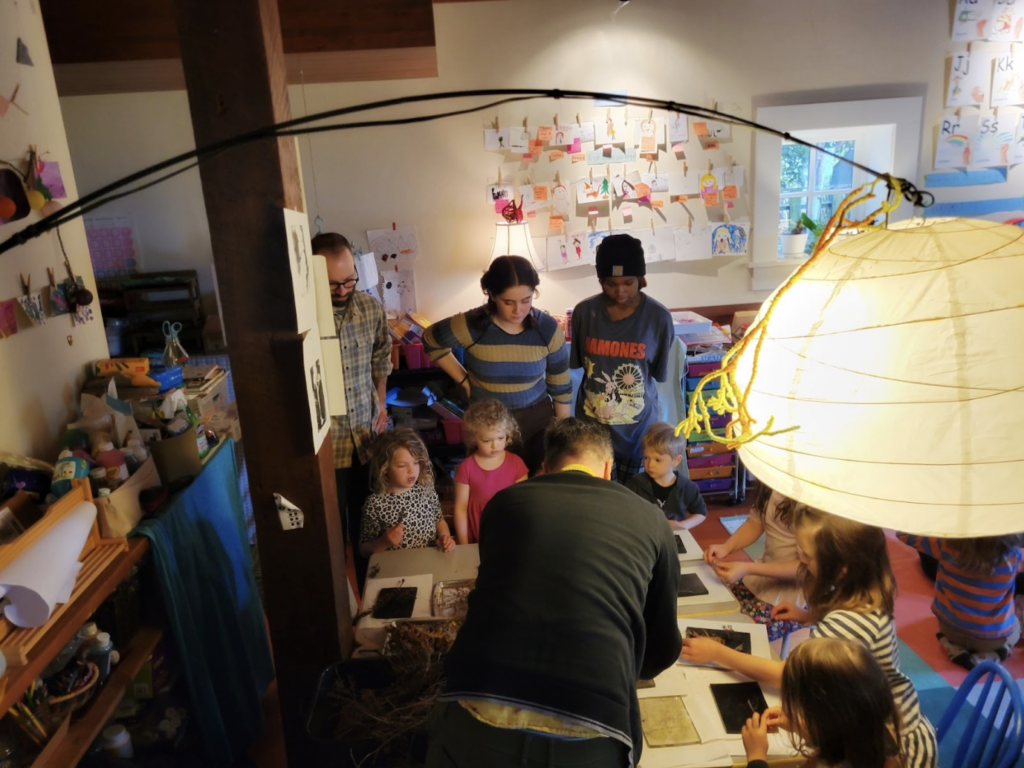
I was ridiculously impressed by this school.
They’ve created a truly magical space for learning! It clearly offered a sense of belonging, along with an arts-integrated education that would be considered a powerful protective measure against ACEs.
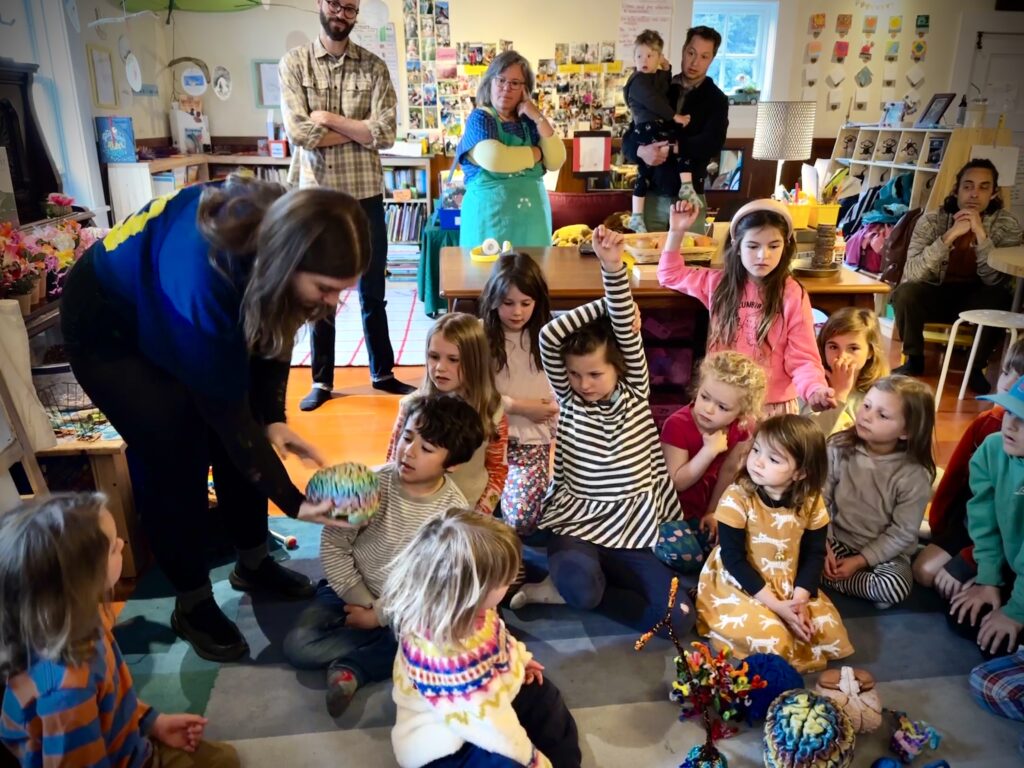
I did mention that this school was magical, did I not?!
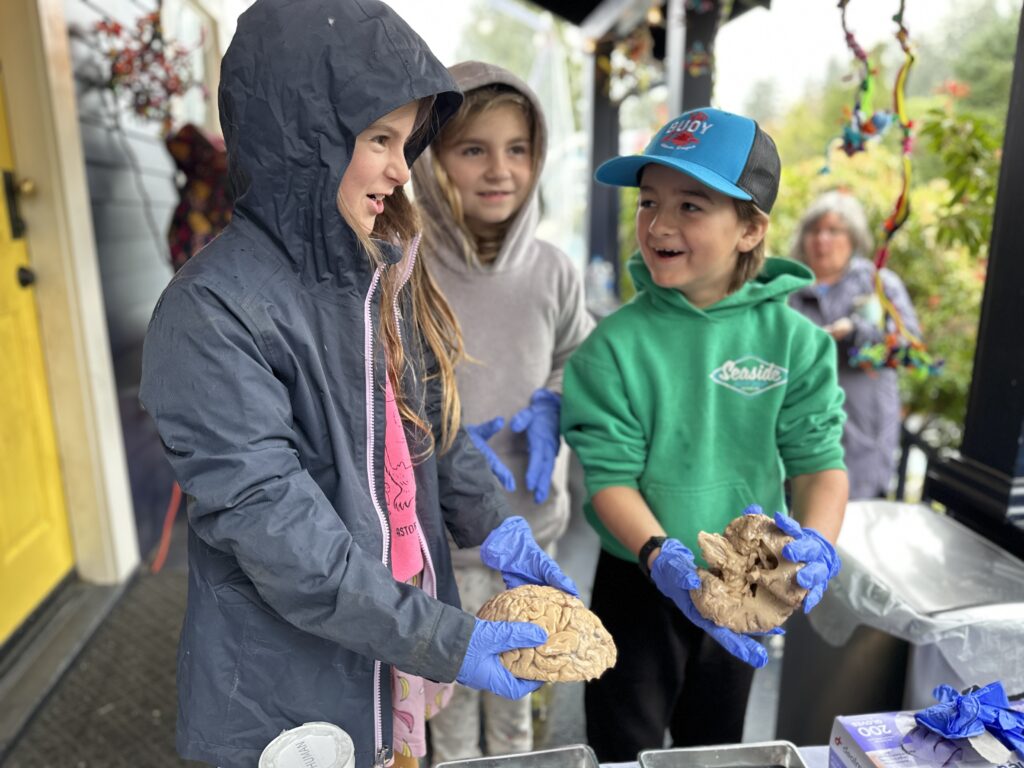
High Schools
Opportunities to express ourselves, through art and community connection, especially after the isolation of the pandemic, felt powerfully therapeutic. In Astoria and Knappa high schools, our Noggin crew got to share why we chose to study neuroscience.
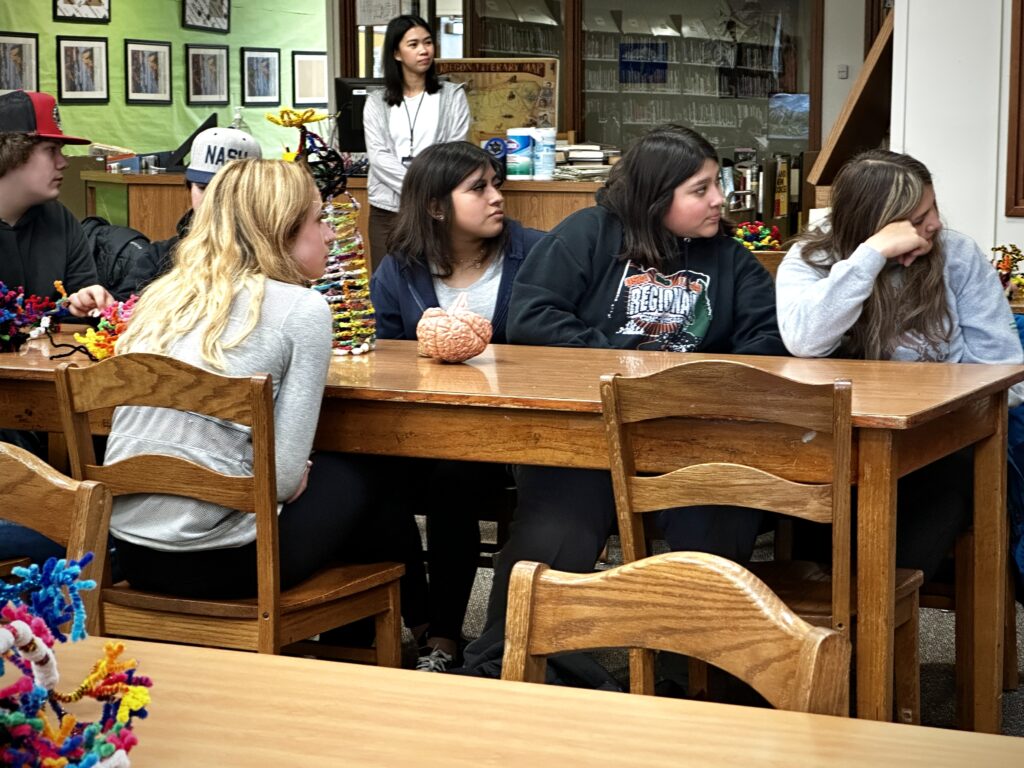
I started out in nursing school wanting to become a pediatric oncology nurse. After learning more about ACEs and addressing my own childhood trauma, I decided to switch gears to become either a psychiatric nurse practitioner or a trauma therapist.
LEARN MORE: Why Choose Pediatric Hematology/Oncology Nursing?
Pandemic Impacts on Youth
Speaking of trauma, let’s take a closer look at the known effects of that isolation and instability during the pandemic on our youth. The statistics surrounding the mental health of adolescents during the pandemic are quite sobering.
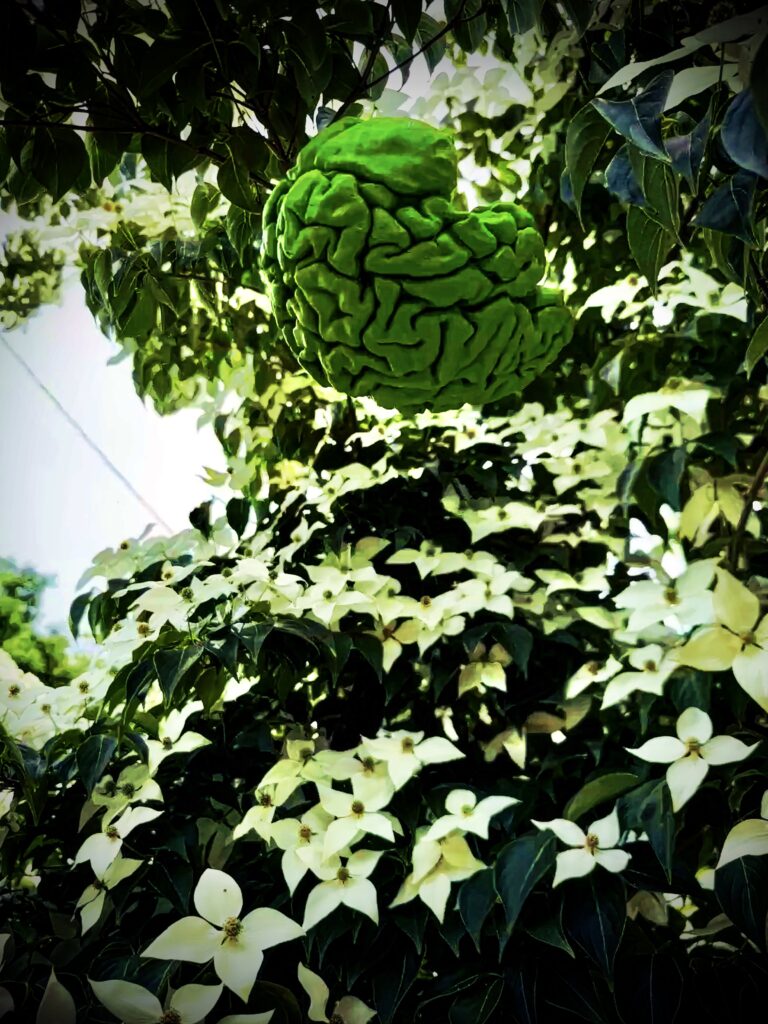
According to data from the 2021 Adolescent Behaviors and Experiences Survey (ABES), throughout the COVID-19 pandemic, 19.9% of high school students in the United States considered suicide in the previous year, and 9.0% actually tried to end their lives. A staggering 37.1% of students reported experiencing poor mental health.
Supporting Mental Health
I have been collaborating with the National Alliance on Mental Illness (NAMI) to raise awareness about mental health, hoping to help “End the Silence” and stigma associated with mental health concerns.
NAMI is an invaluable resource for anyone seeking support, and I highly recommend reaching out to them if you have concerns about yourself, family members or friends. Additional resources and support groups for crisis and suicide are included below.

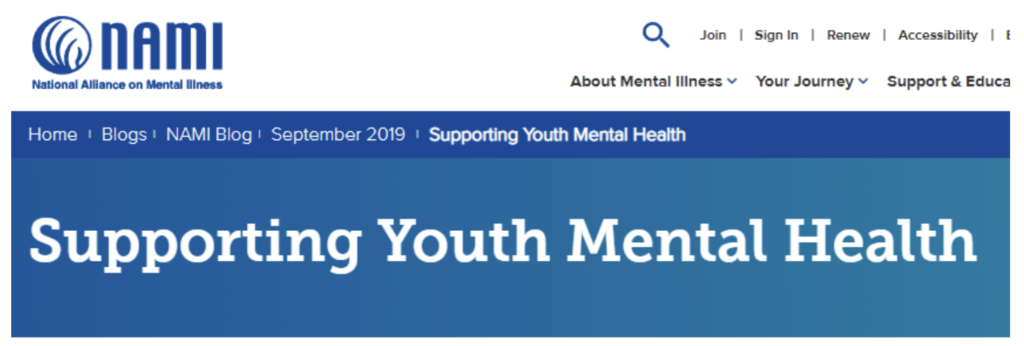
Supporting Youth Mental Health
988 Suicide and Crisis Lifeline
Navigating a Mental Health Crisis Guide
Oregon Health Authority Suicide Prevention Resources
By successfully overcoming difficulties, resilience can develop. People may have a choice in how they respond when faced with challenges. Will they adapt in a constructive way? Will they give in? As we all seek to reduce pressures connected with the COVID-19 epidemic and recover from the trauma of the past three years, maintaining one’s brain and mental health is crucial.
Counter-ACEs, including art making, can help.
“Study the science of art. Study the art of science. Develop your senses – learn how to see. Realize that everything connects you to everything else.”
— Leonardo da Vinci
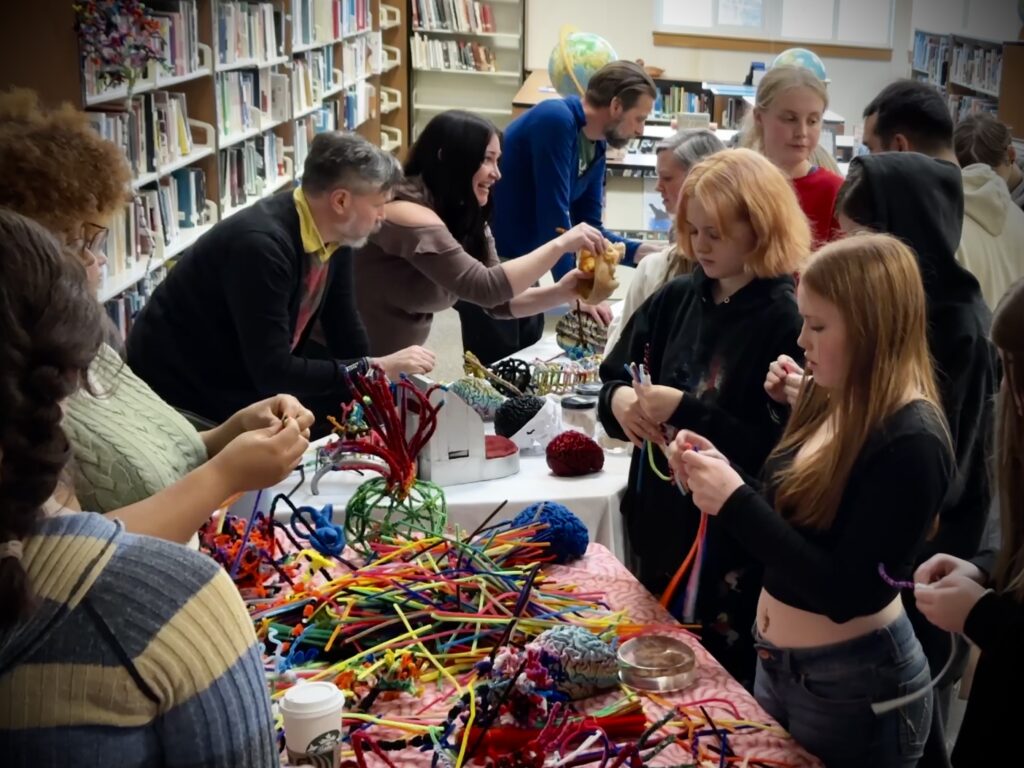
LEARN MORE: Fostering resilience and mental health support in a post COVID-19 environment
LEARN MORE: The role of arts activities in developing resilience and mental wellbeing in children and young people
LEARN MORE: Reflection, refraction, resilience: the transformative potential of art
Counter-ACEs are a fascinating and compelling strategy for improving brain function.
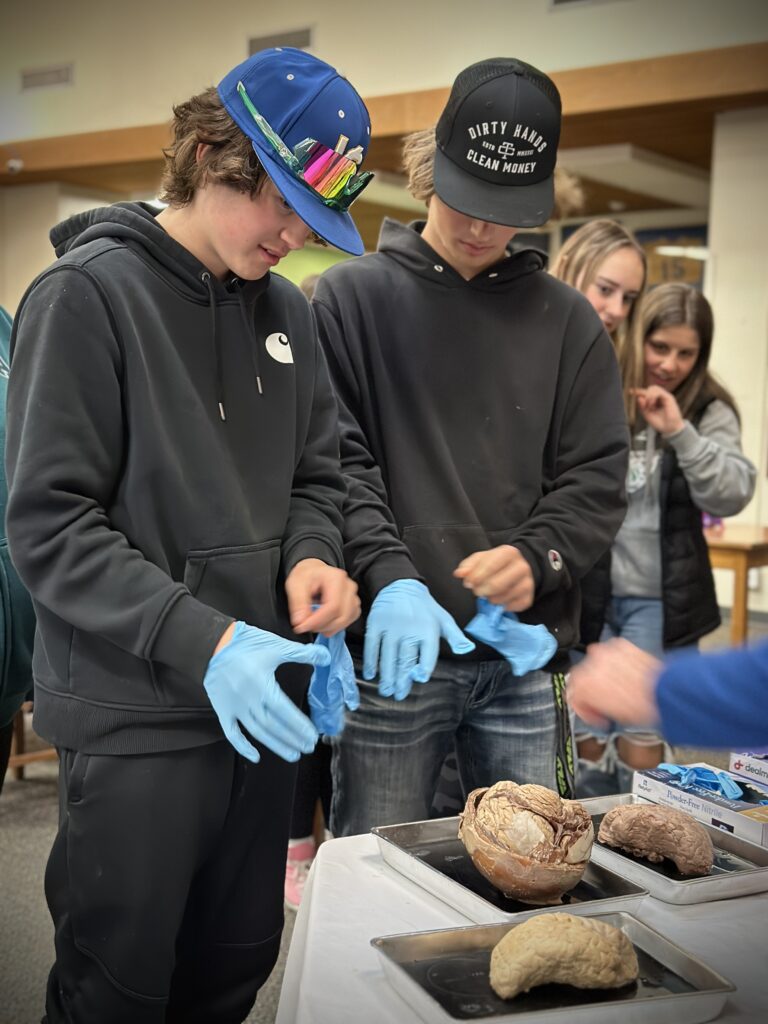
Research clearly suggests that Counter-ACEs promote adaptability and resilience, even in the face of significant trauma. They also allow for customization to fit unique personal situations and permit individually tailored therapeutic interventions.
Overcoming hardship requires endurance and patience, and adopting a Counter-ACEs approach is a great first step in improving our brains and mental health.



